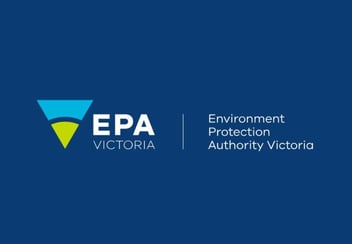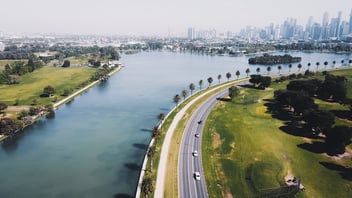Canberra catchments set to flourish with water in mind for landscapes
Canberra is a diverse and growing city, nurtured by a unique and versatile landscape, and the ACT Commissioner for Sustainability and Environment says keeping the environment’s water in mind will be crucial to ensuring the health of the capital moving forward.
Presenting the opening address at this week’s Australian Water Association ACT Water Matters conference, Kate Auty said the next State of the Environment report will have a chapter focusing on catchments and landscapes.
“The ACT is a fascinating jurisdiction for water management because we have a great deal of source for our community. We are not in a situation where water security for potable needs is problematic,” Auty said.
“Our water chapter will be about water in the landscapes and catchments. We know that any city needs to start thinking about the city as a catchment, because when you think about water in city it starts to introduce the issues of water and ecological service.”
Auty said that from the perspective of viewing the city as a catchment, parks and nature strips, reserves and stormwater drainage are all part of water profile, but determining how catchments will be planned in future is crucial to their health.
“We are all clients of the environment. We are clients of the environment not just because we want fresh water to drink, but we want water because it’s great to have it in the landscape,” Auty said.
“It’s great for biodiversity and natural capital. We end up with an environment that we can enjoy, one that is healthy, and we know healthy environments make healthy people.
Water is essential for life and ecosystem service. We want to make sure we provide provision through dams and services, but we also want to make sure we provide provision through landscapes as well.”
The Commissioner’s office will also be producing a report titled, ‘The heroic and the damned’, which will provide information on the works currently being done through the Cotter regeneration project.
“[The report] is called this because it has been hugely heroic to try and conceive the Cotter region following the 2003 fires. There has been a huge amount of effort. There’s fire experts, botanists, ecologists, conservation council, and tourists, walkers and people who want to enjoy a healthy cotter catchment,” Auty said.
“Recovering that environment is not going to happen quickly and that's why it’s heroic; it’s a big ask and will require a lot of collaboration and coordination.”
Auty said there is also work being done to raise awareness of the Molonglo River catchment to increase community engagement ahead of significant population increases.
“Canberra has huge population growth and housing is going to become a lot denser. And people will be more dependent on enjoying the environment, like the people that will live in the Molonglo valley,” she said.
“We want people to be out there understanding that river as a catchment, a place that nurtures biodiversity, a place with frogs and water birds, and we want people to understand that the river isn't just a drainage system, but a place to enjoy.
“We just released Molonglo strategic objectives report, we have attached an interactive report, which is briefer than the full report. It’s a fantastic piece of reporting that explores different ways of engaging with the public.”
Register for the Australian Water Association ACT Water Matters conference to hear more from Kate Auty about the work being done to nurture the region’s catchments.


